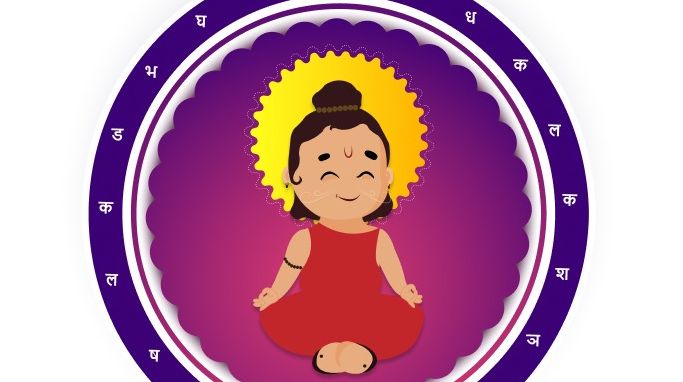

Sanskrit and Meditation
What is Meditation?
Meditation is a kind of practice that pays attention to the present moment without thinking anything in mind and not doing anything by body as well. In simple words, we can say focusing on mental relaxation.
So meditation means awareness,that we are fully concentrating on one action and not doing multitasking without focusing on it.
There are a lot of ways to meditate; here we are going through a simple way, which anyone can follow in his/her life.
Steps to meditate
The main point is, once thoughts come to your mind, be aware to get out of it and relax your mind and meditate else no use if you sit in a posture by thinking something.
So the main things while doing or try to do meditation are-
Concentration and Focus
The main problem one should face while doing meditation is sleeping. It could happen in the beginning but can manage it slowly through practice.
The purpose of doing meditation is
Control our thoughts
To control our thoughts we need to put something on our mind other than thoughts. This is to engage our mind on something, which means to increase the concentration part. For that we can chant some mantras or one line slokas. So that mind wasn't able to think on any topics or activities and moreover concentrate on that particular mantra or shloka. Here the connection of Sanskrit with meditation comes.
The aim of chanting a mantra is to control our thoughts and practicing it makes our mind more focused and to the point. Once our mind is ready to focus without any mantras, that person can start meditation by focusing on a point.
We can chant small lines in Sanskrit [not loudly], even if we don’t know the meaning of it. But knowing the meaning and chanting takes the meditation to the next level. But still don't bother about the language.
We can start with the below chanting mantras for beginners-
ॐ [Om!]
ॐ नमो नारायणाय [Om Namo Narayanaya]
ॐ नमः शिवाय [Om Namashivaya]
While chanting these kinds of mantras one is able to concentrate on that shloka and at the same time focus the image or figure of that particular Lord. So that both the points ‘concentration’ and ‘focus’ come at a time which is really wanted for meditation.
Later you can go with 4 line slokas that are for advanced level. For beginners this much is enough.
Why Sanskrit?
Sanskrit is considered as a divine language which is used from ancient times. The main advantage and specialty of Sanskrit language is while pronouncing the Sanskrit letters, one should use all nerves of the tongue. It helps to improve the blood circulation by activating the energy points in the body.
So chanting Sanskrit mantras helps to calm down the mind
Reduces stress and anxiety
Create positive energy
So it is said that the sound vibrations of this divine and ancient language helps to heal the body through the vibration of the sounds and not with the meaning of the words.
Because of this power and strength Sanskrit is used while doing meditation. Not only for meditation but also for yoga, educational field, dance, music etc…So meaning of the words doesn’t matter while meditating over pronouncing words in that particular language is important.
Do meditate every day and keep a healthy mind and body!
Gayathri Sharma